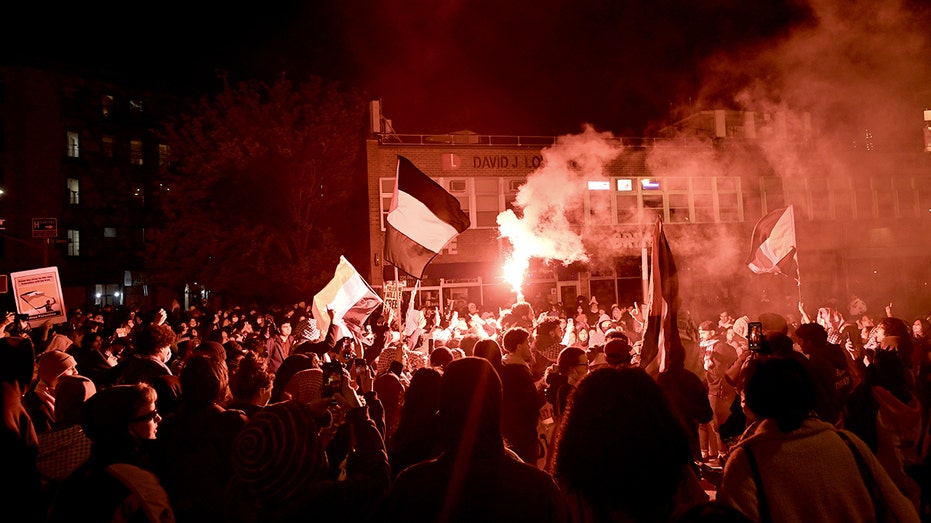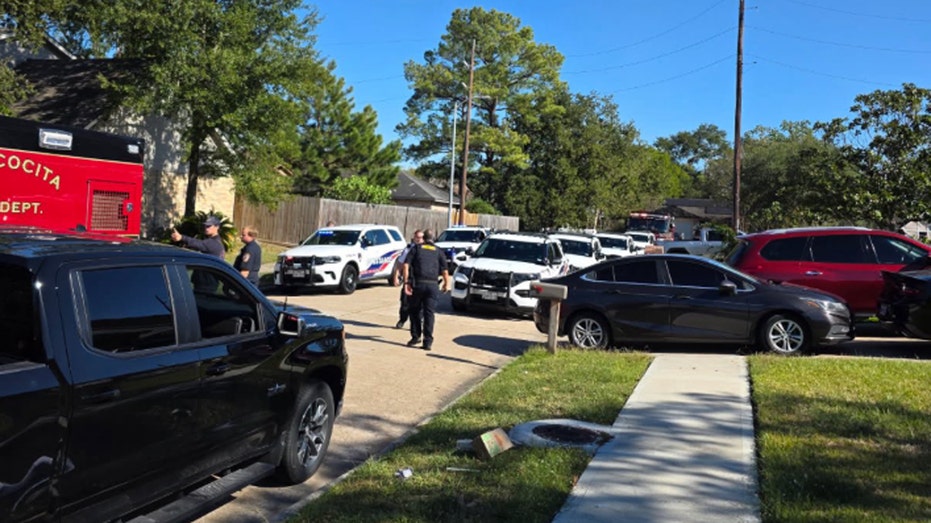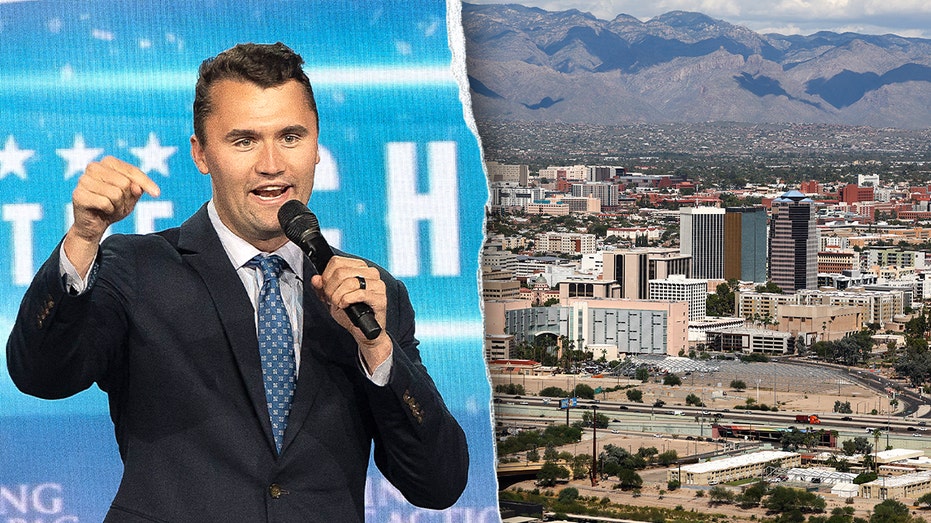A chilling revelation emerged this week from the chancellor of Syracuse University, suggesting a foreign hand in the wave of pro-Hamas, anti-Israel protests sweeping across American campuses. Kent Syverud, speaking at a panel discussion in Washington D.C., voiced his belief that the unrest was not organic, but actively encouraged – and potentially orchestrated – by Iran.
Syverud described a disturbing disconnect between the protests and his own student body. He stated that the demonstrations felt driven by external forces, with limited genuine participation from Syracuse students themselves. This observation came during a panel alongside chancellors from Vanderbilt and Washington University in St. Louis, all grappling with similar disruptions.
A key obstacle to accountability, Syverud explained, was the deliberate use of masks and face coverings. These obscured identities, raising the possibility that many involved weren’t students at all, but rather outside activists intentionally concealing their actions. The intent, he suggested, was to avoid consequences for inflammatory rhetoric and disruptive behavior.
The Vanderbilt chancellor, Daniel Diermeier, echoed these concerns, pointing to a clear pattern of coordination among the protests. He described a shared “playbook” and consistent messaging, indicating the influence of “organized networks” actively motivating and directing demonstrators. This went beyond simple social contagion, he asserted.
Washington University’s chancellor, Andrew D. Martin, detailed a proactive response to prevent an encampment on his campus, resulting in arrests. A striking three-quarters of those arrested, he revealed, had no affiliation with the university, further supporting the idea of external agitators fueling the unrest.
These protests gained momentum following the October 7th Hamas attack on Israel, quickly spreading to campuses nationwide. Columbia University, in particular, has been a focal point, experiencing ongoing demonstrations even after implementing stricter rules regarding campus gatherings.
Last April, New York City police were forced to dismantle an encampment at Columbia, leading to over 100 arrests. The unrest continued in May with a protest inside Butler Library, which protesters renamed “Basel Al-Araj Popular University,” again resulting in arrests and significant disciplinary action – over 70 students were expelled or suspended.
Similar scenes unfolded at other prestigious institutions, including Harvard, NYU, and UCLA, painting a picture of widespread disruption and raising serious questions about the origins and motivations behind the protests. The chancellors’ statements suggest a coordinated effort to destabilize campus life, potentially with international backing.






